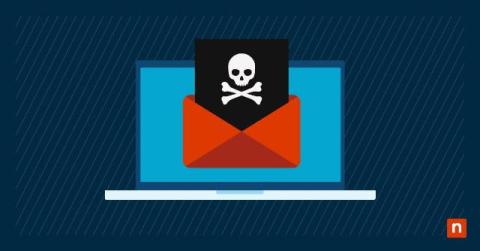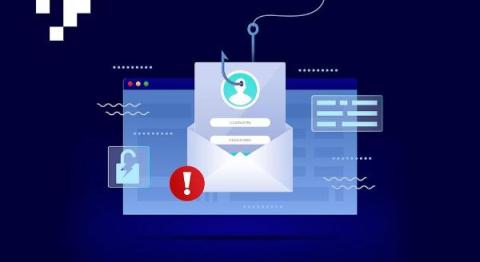BIMI and Email Authentication: Why Your Business Needs It for Better Email Security
With the rise in cyber attacks, phishing, and impersonation attempts, the corporate email landscape has become ever more reliant on email security. As consumers are increasingly unwilling to open legitimate email communications from once trusted senders, companies need to ensure that all of their communications come across as secure and legitimate from their end. That's where BIMI comes into play. Not only does it enhance security as an email authentication tool, but it also promotes brand awareness.









